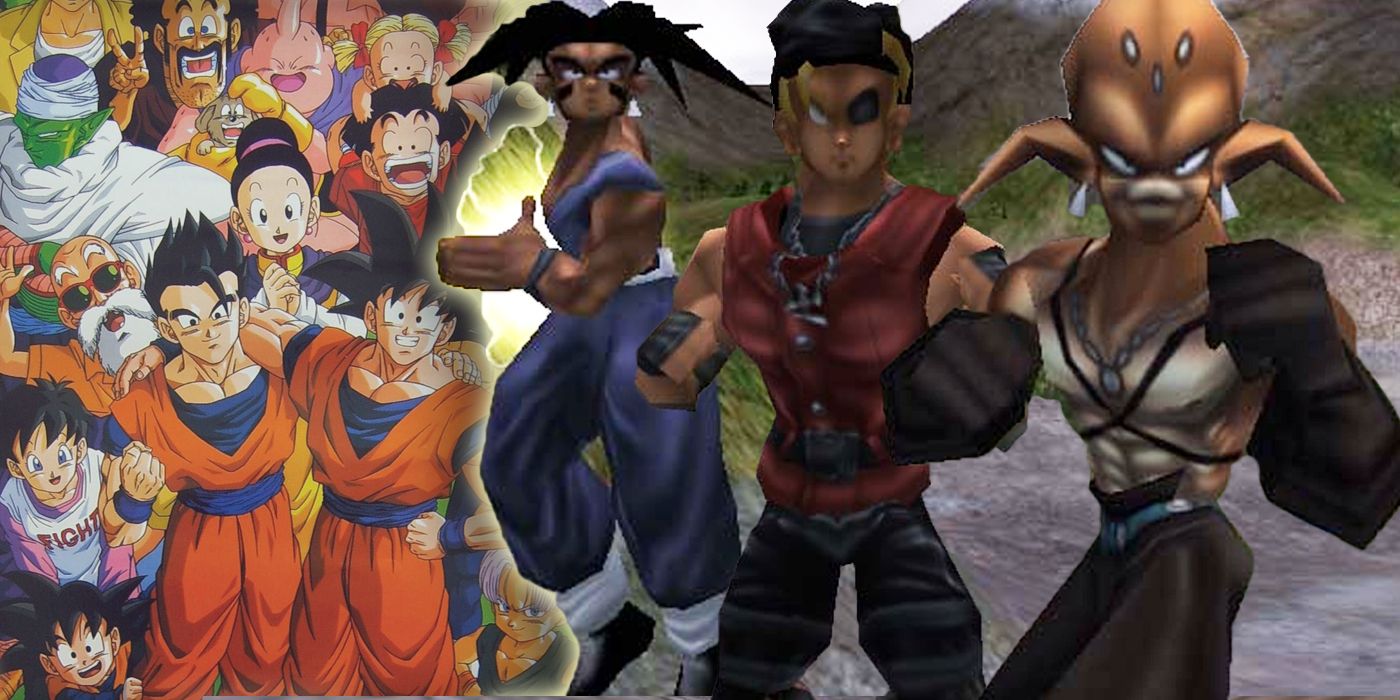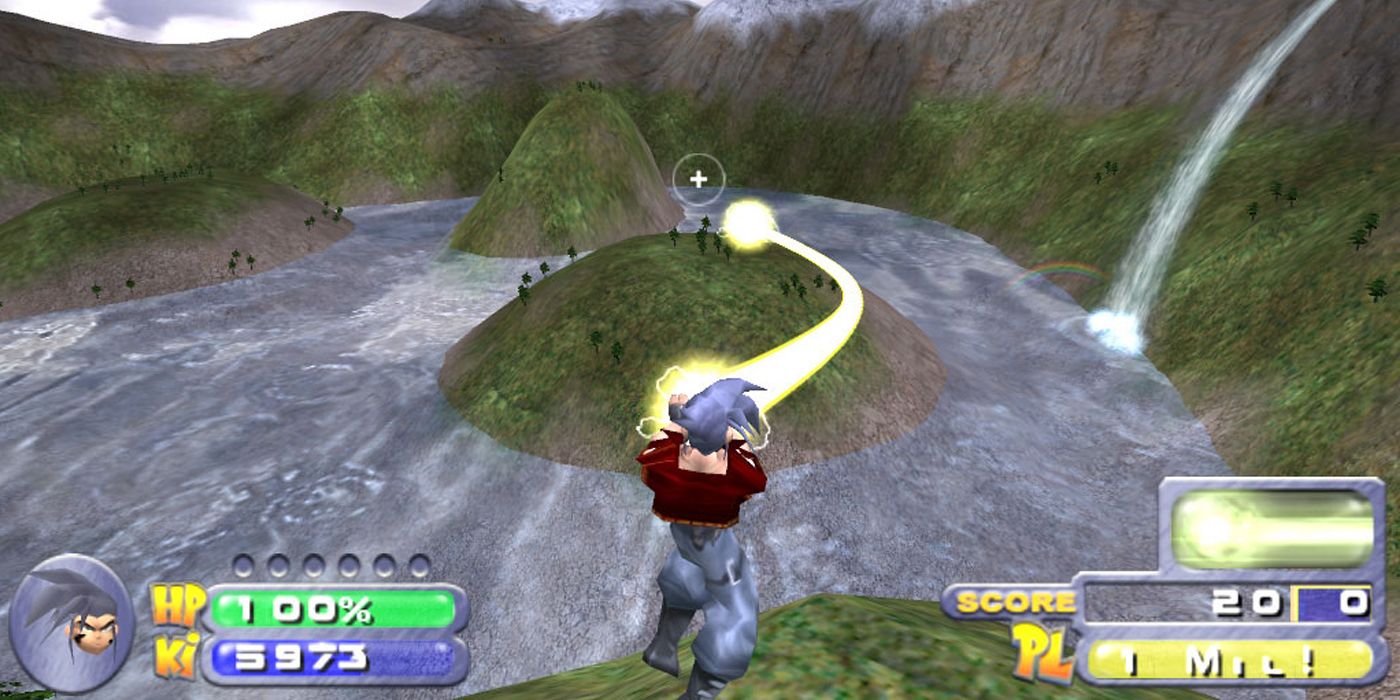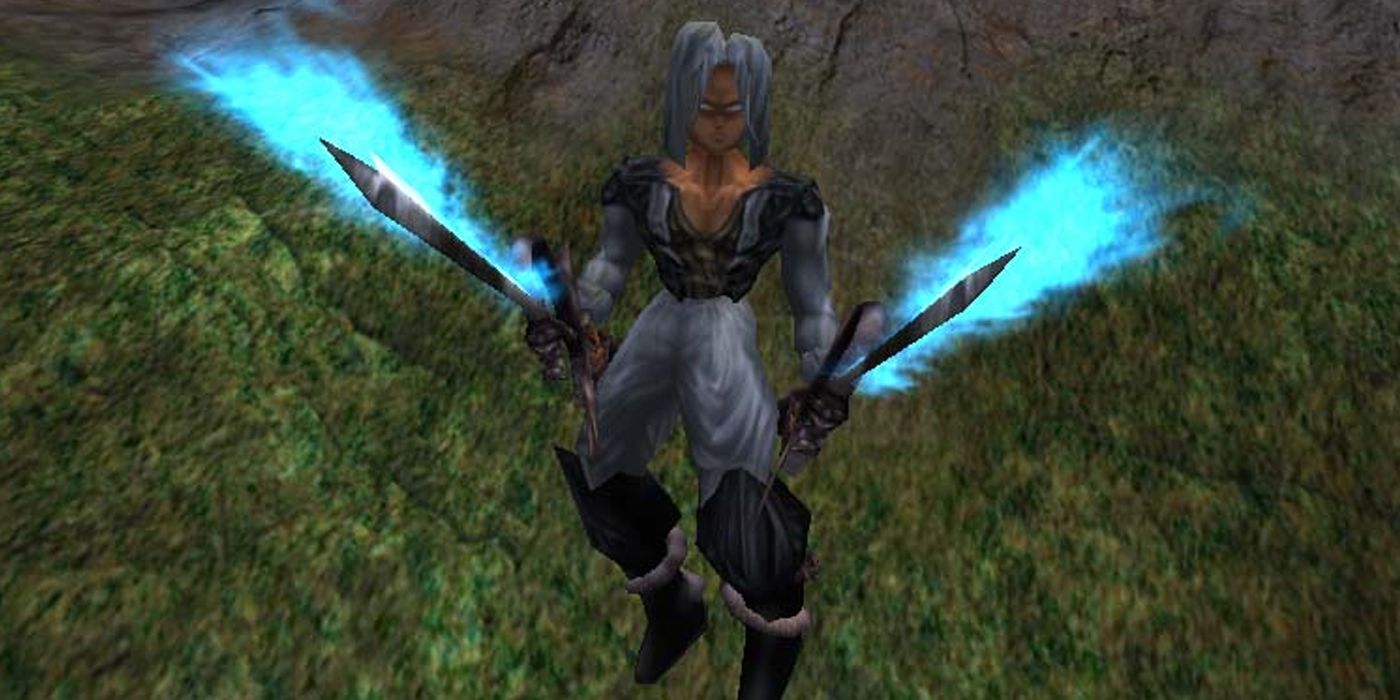The Dragon Ball franchise is possibly the biggest name in anime. Due to this popularity, it's seen a plethora of tie-in video games released over the years, ranging from arcade-style beat 'em ups to fighting games. Many of these, such as the Budokai Tenkaichi and Dragon Ball FighterZ, have gone on to become acclaimed in their own right.
One game in the series, however, was far different from any other. Dragon Ball Z: Bid For Power offered a sense of freedom and control beyond the norm allowed in Dragon Ball games. Given full access to the characters' vast powers and abilities, players could punch, kick, fly and blast energy in a 3D, third-person environment. This would give them the ability to recreate the anime and manga's dramatic fight scenes in ways that other Dragon Ball games never could. Despite all this, the game wasn't really a Dragon Ball game at all.
WHAT IS BID FOR POWER?
Dragon Ball Z: Bid for Power was actually a mod for the pre-existing, completely unrelated first-person shooter game Quake III: Arena. The third in its series, Quake III eschewed much in the way of single-player gameplay to instead focus on expansive multiplayer options. It also offered the ability to greatly modify its engine, with everything from the game's visuals to character designs and even its field of view being changeable. While many of these features were programmable in the game's existing engine, there was room for further modification.
From here, dedicated players used Quake III's framework to create several vastly different games. Many of these were also complete conversions, with the mods creating essentially brand-new games. These included the semi-realistic Western simulator Smokin' Guns, and total conversions like OpenArena and Urban Terror. One of those total conversions was Dragon Ball Z: Bid for Power, created by a team called Golden Hammer.
Like other conversions of the original game, players would have to purchase Quake III before downloading the file packs for Bid for Power. That's where many of the similarities ended, however. Unlike Quake III and most of its other mods, Bid for Power had a third-person camera perspective. This was appropriate given the subject matter, which wouldn't have worked as well mirroring Quake's first-person shooter gameplay. The flight, energy blasts and fast-paced action turned what was an FPS into a relatively accurate facsimile of the battles that Dragon Ball is known for.
The multiplayer game is also more focused on single combatants than the team-based gameplay of its progenitor. Players could choose from a variety of Z Fighters and villains, from Goku and Vegeta to Cell and Garlic, Jr.. The gameplay was also bolstered by familiar sounds, having attack sound effects and voice acting pulled straight from the anime. This conversion was a dream come true for any dyed in wool DBZ fan, since it removed many of the limitations previous Dragon Ball games suffered from, and allowed players to experience what it felt like to become their favorite characters. Unfortunately, this was a little too good to really come true.
What Happened to Bid for Power
Before the game could reach its Sept. 27, 2004 release date, Golden Hammer was hit with a cease and desist letter from Funimation, which owned the rights to Dragon Ball. Though Bid for Power was a free to download, non-profit mod, that didn't ease its unofficial nature. Thus, the released version of the game saw some major cosmetic differences. Though the general gameplay was the same, the official Dragon Ball characters couldn't be included. Instead, the game featured completely original characters, many of whom still sported a Dragon Ball inspired aesthetic. On top of that, many of the maps still had locations related to Dragon Ball, most notably Kami's familiar Lookout.
Though this was the way things had to be in the "official" release of Bid for Power, that didn't stop fans. The easily modified nature of the game meant that players could simply find downloadable packs of DBZ assets online and put them in the game, quickly turning it back into the game it was meant to be.
The unofficial nature of the game, combined with having to downplay its origins, meant that it doesn't rank high on the list of great Dragon Ball Z games. The fans who played it, however, continue to see it as one of the best adaptations of the series' frantic fighting. Until the upcoming Dragon Ball Z: Kakarot comes out, impatient fans can fire up their old copy of Quake III and mod in their favorite fighters from the DBZ saga.



